Continuing Professional Development to Improve Learner Satisfaction
Healthcare jobs tend to grow faster than general economy jobs, but that doesn’t mean your employee churn is solved. With the cost to replace an employee projected to be around 33% of their salary, keeping employees happy and their morale up is a vital concern for healthcare administrators.
Fortunately, there’s one area that benefits the institution’s bottom line and helps retain valuable employees longer: effective, immersive continuing education (CE). Read on to find out how you can use CE to your institution’s and your employees’ best advantage.
The Importance of Continuing Professional Development
Continuing education provides a foundation of knowledge for skilled employees in fields of high growth. Changing regulations, technology upheaval, and faster drug discovery and treatment plans require healthcare institutions to adapt more quickly than ever. Because retention is a vital part of an institution’s survival, prioritizing CE is a must for the following reasons.
The Need for Skilled Individuals
Healthcare will continue to grow ahead of the average job field, with jobs in healthcare growing more than 20% compared to the average growth of 3%. It can get expensive to attract top talent for job openings, so many healthcare institutions are relying on CE to help current employees fill the gap.
Healthcare Is Changing
With the assistance of technology, healthcare is changing faster than ever. AI is helping with pharmaceuticals and biotech while lending a hand to diagnostics. The field continues to balance HIPAA laws with the need for data to run machine-learning algorithms.
These changes make it vital for healthcare institutions to provide the training to keep up with the latest advances. Those who have been in the field for a while have critical expertise, but they must have the training in new tech systems to thrive in this changing environment.
The Cost of Hiring
Across the board, healthcare struggles to keep up with the cost of implementing tech changes, managing compliance and regulations, and caring for patients. One expensive area for many healthcare institutions is the cost of hiring new talent.
As in many fields, it’s far more cost-effective to train and retain employees than it is to find new hires. Some sources estimate that the full cost of turnover is 150% of the lost employee’s salary. This number indicates just how vital retention can be to the survival of the healthcare institution.
One big reason that employees leave is the lack of CE. According to a 2018 study from LinkedIn, an astonishing 93% of employees would stay longer if the company were willing to invest in their career development. This professional development is no longer a nice perk—it’s a vital part of reducing employee churn.
Common CE Obstacles
Continuing professional development is highly desired in theory, but there are a few practical obstacles to making it happen—not just in a timely matter, but at all. Here are common obstacles facing healthcare institutions and solutions to overcome such barriers.
No Time? Solution: E-learning
Many companies cite a lack of time for professional development. Coordinating employees to take time away from their posts to attend CE can be challenging. Even when it does happen, it’s stressful for the employee, who often must remain on call. It’s also rarely enough to keep up with the pace of change in healthcare.
E-learning has come a long way. Now, it provides engaging, interactive options for professional development, with tracking solutions for the institution. Employees can see their learning outcomes and institutions have streamlined verification.
No Engagement? Solution: Self-Paced Learning
Do your employees dread the thought of a boring seminar? Do they struggle to apply what they’ve learned because they’ve forgotten it by the time they’re back in the office? Self-paced learning modules help with these engagement issues.
Self-paced professional development allows employees to learn at a time and with a method that suits them. They can move past material that they’ve mastered quickly and take more time to absorb things that they haven’t. Again, with simplified tracking, the institution can easily see what outcomes have been learned.
No Infrastructure Support? Solution: Online Infrastructure
Online learning gives the organization far better infrastructure for tracking and measuring outcomes. Such modules provide automated time tracking and streamlined enrollment, as well as self-serve certificates. Employees and institutions can quickly access records when necessary and provide documentation at the click of a button, reducing back-office backlog.
Online learning also integrates with ACCME Web Services. This is a streamlined way to document CE requirements and all mastered outcomes without strain on human resources.
Changing Needs? Solution: More Flexibility
Institutions and employees require a way to keep up with ever-evolving requirements in healthcare. E-learning provides the flexibility to build the type of professional development that your employees need, with support for multiple credit types.
With the right solution, employers can:
- Set their own credit types.
- Use variable or fixed credits, depending on completed material.
- Award, track, and manage CE, CME, CNE, and other CEU credits.
- Set credits to expire based on the institution’s requirements.
The Necessity of Continuing Education
CE isn’t just a perk; it’s a vital part of the employee retention process and integral to the overall success of the healthcare institution. CE directors who want to keep up with the exponential growth of healthcare jobs and reduce churn should look to vibrant professional development as a way to attract—and more importantly, retain—their top talent.
Contact EthosCE to find out how our LMS can transform your institution’s Continuing Professional Development today!
 We're now part of the Cadmium product suite! Learn more
We're now part of the Cadmium product suite! Learn more 


